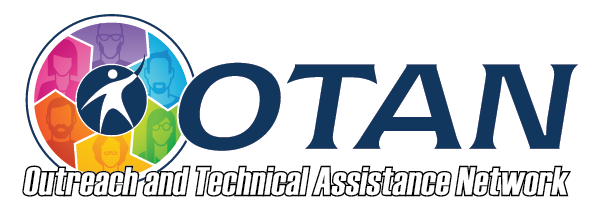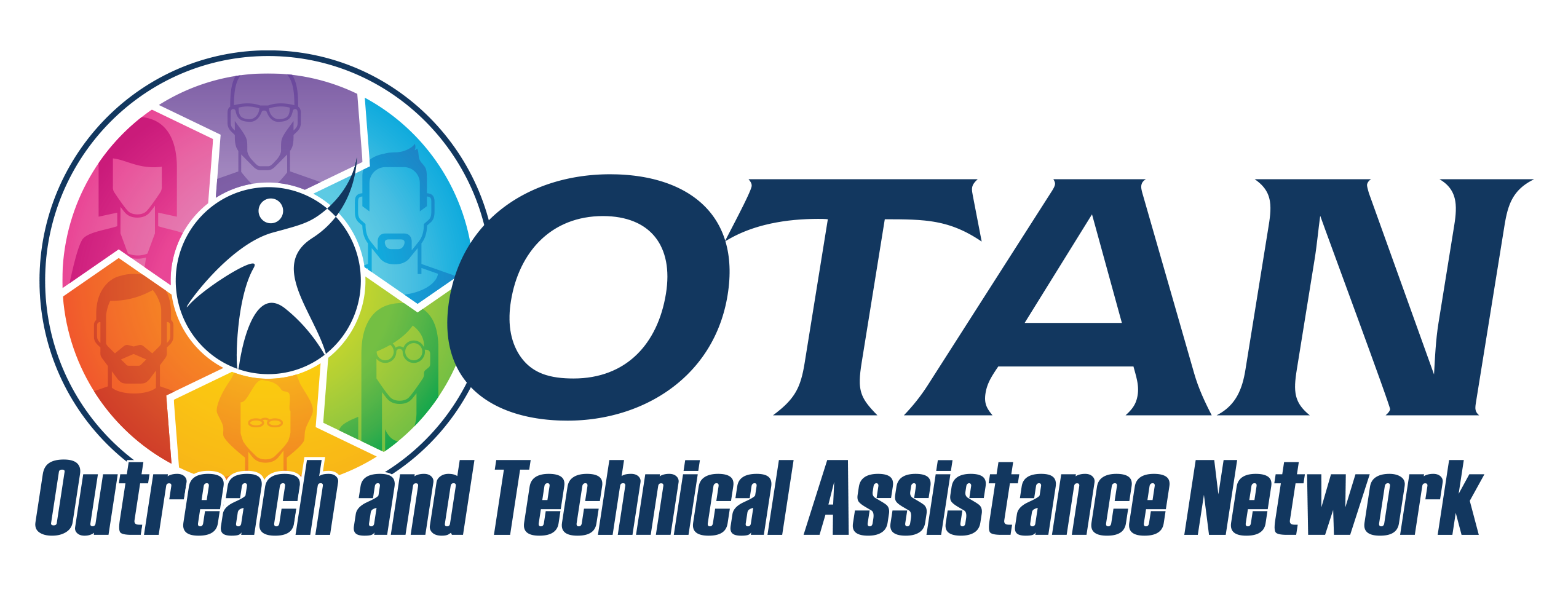Search
PBS Learning Media: Point of View - Sharing a Perspective on Music
Details
Activity Description
In this activity, students discuss the music they do and do not enjoy. They then watch a short video segment of a band playing "St. Louis Blues" and are asked to write a critique of the music they heard based on their opinion and a critique from a music critic. Students then reflect on how their point of view influenced their opinion.
Preparation
- Review the detailed lesson plan
- Make sure the video "New Orleans Jazz" can be played in your classroom
- Download the handouts and make copies.
How-To
- Be sure to check online for detailed Lesson Plan
Teacher Tips
- Check the tips under Part 1 Learning Activity labeled "For students who need additional teacher guidance:"
- The QuickTime player and Adobe Flash Player are needed to play the video.
More Ways
- This site has many more resources using media to engage students. Explore them using the link above labeled "Web Site."
Program Areas
- ASE: High School Diploma
Lesson Plan
1. Activity:
- Begin with a "Musical Opinion Poll." Display images or short audio clips of various music genres (pop, rock, jazz, classical, etc.) and ask students to raise their hands or use sticky notes to indicate whether they enjoy each genre. Create a quick chart on the board.
- Ask students to share one sentence about why they like or dislike a genre with a partner.
2. Purpose:
- This activity gets students thinking about their own perspectives and introduces the idea of subjective opinions about music
1. Discussion:
- Explain: "Today, we’re going to explore how our points of view shape the way we experience and critique music. We’ll listen to a famous jazz piece, ‘St. Louis Blues,’ and analyze it from two perspectives: our own and a music critic’s."
- Briefly introduce jazz without giving away too much detail to keep responses unbiased.
1. Activity:
- Distribute the "Music Notes" handout.
- Play the video "New Orleans Jazz" featuring a live band performing "St. Louis Blues."
- Ask students to pay attention to elements like tempo, rhythm, and mood, and how these influence their impressions.
- Pause briefly to explain any key musical terms from the handout if needed.
1. Part 1: Personal Critique
Activity:
- Students complete Part 1 of the "Music Notes" handout independently, jotting down their impressions of the performance.
- In pairs, students discuss their notes, focusing on what they liked or disliked.
Interactive Element:
- Facilitate a brief class discussion where pairs share one key observation.
- Encourage respectful debate on differing opinions.
2. Part 2: Music Critic Perspective
Activity:
- Distribute the "Music Critique #1" handout.
- Students write a critique of the performance from their personal perspective. Play the video quietly in the background.
- Once completed, distribute "Music Critique #2," asking students to now critique the piece as though they were professional music critics. Use guiding questions on the handout to help shift their perspective (e.g., “How might a critic evaluate the technical aspects of the performance?”).
Pair Discussion:
- Students compare their personal critique with their professional critique. What changed? What stayed the same?
1. Class Discussion:
- Facilitate a conversation about how students' personal views influenced their critiques. Use prompts like:
- "What was easier to write: your personal critique or the critic’s perspective? Why?"
- "How did thinking like a critic change your opinion of the music?"
- Emphasize how awareness of personal perspective can help students approach new ideas with an open mind.
2. Assessment Activity:
- Distribute the "Music Point of View Assessment" handout. Students reflect on how their perspective shaped their critiques and write about one other area in life (e.g., books, art, sports) where they could apply this understanding.
1. Real-World Connection:
- Ask students to think about another form of art or media they enjoy (e.g., movies, books, or visual art). For homework, they will choose one item to critique from their own perspective and then from a professional reviewer’s point of view. They will share these critiques in the next class.
Documents
- Point of View - Sharing a Perspective on Music.png - Screenshot of PBS Learning Media's Point of View - Sharing a Perspective on Music Lesson Plan
Subjects
- English Language Arts
- English 1-4
- Journalism
- Literature
- Fine Arts
- Art History
- Fine Arts Electives
- Music Appreciation

